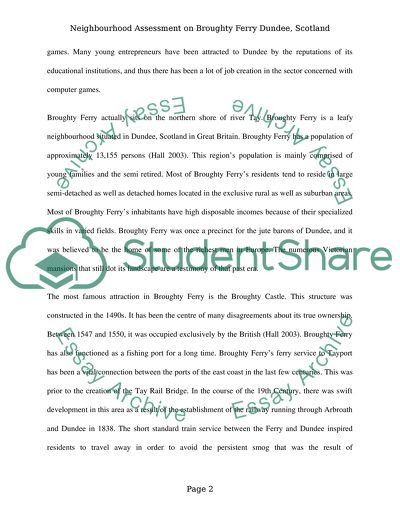Cite this document
(“NEIGHBOURHOOD ASSESSMENT ON BROUTYFERRY DUNDEE .SCOTLAND Essay”, n.d.)
NEIGHBOURHOOD ASSESSMENT ON BROUTYFERRY DUNDEE .SCOTLAND Essay. Retrieved from https://studentshare.org/nursing/1468075-neighbourhood-assessment-on-broutyferry-dundee
NEIGHBOURHOOD ASSESSMENT ON BROUTYFERRY DUNDEE .SCOTLAND Essay. Retrieved from https://studentshare.org/nursing/1468075-neighbourhood-assessment-on-broutyferry-dundee
(NEIGHBOURHOOD ASSESSMENT ON BROUTYFERRY DUNDEE .SCOTLAND Essay)
NEIGHBOURHOOD ASSESSMENT ON BROUTYFERRY DUNDEE .SCOTLAND Essay. https://studentshare.org/nursing/1468075-neighbourhood-assessment-on-broutyferry-dundee.
NEIGHBOURHOOD ASSESSMENT ON BROUTYFERRY DUNDEE .SCOTLAND Essay. https://studentshare.org/nursing/1468075-neighbourhood-assessment-on-broutyferry-dundee.
“NEIGHBOURHOOD ASSESSMENT ON BROUTYFERRY DUNDEE .SCOTLAND Essay”, n.d. https://studentshare.org/nursing/1468075-neighbourhood-assessment-on-broutyferry-dundee.


